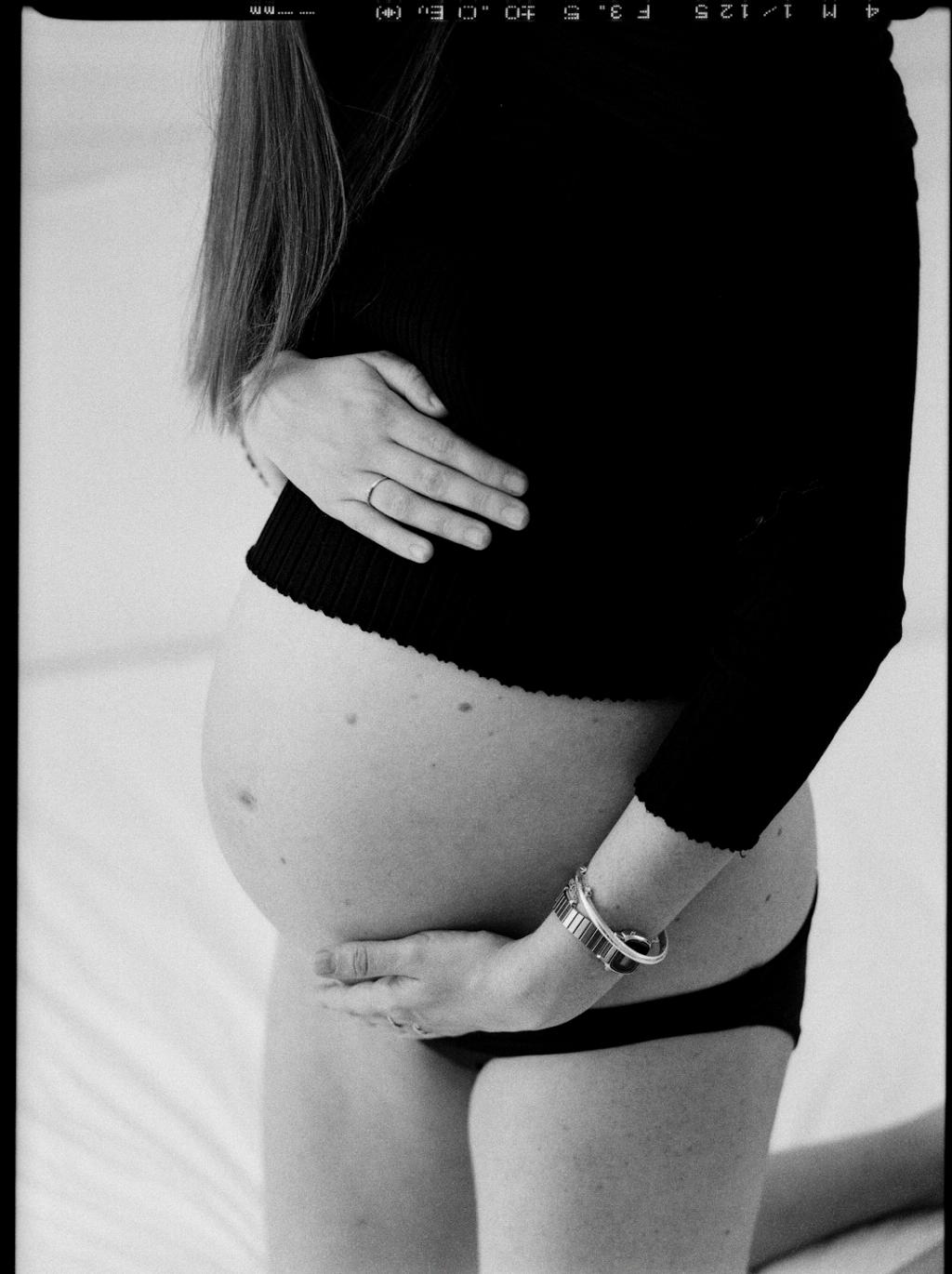Many expectant mothers may wonder whether using KT Tape during pregnancy is a safe and effective solution for managing diastasis recti. This condition, characterized by the separation of the rectus abdominis muscles, is common during and after pregnancy due to the pressure and stretching that the abdominal muscles endure as the baby grows.
KT Tape, a popular method that involves applying special adhesive tapes directly onto the skin, has gained traction as a potential aid in managing diastasis recti. The tape is believed to provide support to the abdominal muscles and prevent further stretching of the linea alba, the connective tissue that runs down the center of the abdomen.
During pregnancy, the body undergoes significant changes to accommodate the growing fetus. The expanding uterus puts pressure on the abdominal muscles, which can lead to separation of the rectus abdominis muscles. This separation can contribute to issues such as back pain, pelvic floor dysfunction, and poor posture.
By applying KT Tape strategically along the abdominal area, some individuals believe that the tape can help support the muscles and potentially reduce the separation of the rectus abdominis. Additionally, KT Tape may offer a gentle reminder to engage the core muscles properly, which can be beneficial in promoting proper alignment and reducing strain on the muscles.
It is important to note that while KT Tape may offer some benefits in managing diastasis recti during pregnancy, it is not a cure-all solution. It should be used in conjunction with other appropriate exercises and therapies recommended by healthcare professionals.
Before using KT Tape or any other form of treatment for diastasis recti during pregnancy, it is crucial to consult with a healthcare provider. They can provide personalized advice based on your individual needs and circumstances, ensuring that any treatment plan is safe and effective for both you and your baby.
In some cases, using KT Tape may not be suitable for pregnant individuals, particularly if they have certain medical conditions or complications. Always prioritize your health and well-being by seeking guidance from a qualified healthcare professional before initiating any new treatment modality.
While KT Tape can be a valuable tool in managing diastasis recti, it is essential to use it correctly to maximize its benefits. Proper application techniques, such as ensuring the skin is clean and dry before applying the tape and following the recommended instructions for placement, are crucial for optimal results.
Some individuals may find that using KT Tape during pregnancy provides them with the support and comfort they need to better manage the effects of diastasis recti. However, it is essential to listen to your body and adjust the application or use of the tape as needed to ensure that it remains a helpful tool in your overall treatment plan.
Ultimately, the decision to use KT Tape for diastasis recti during pregnancy should be made in consultation with a healthcare provider who can offer personalized guidance and support. By working closely with your healthcare team and incorporating a comprehensive approach to managing diastasis recti, you can optimize your chances of achieving a healthier and more comfortable pregnancy experience.
In conclusion, while KT Tape may offer potential benefits in managing diastasis recti during pregnancy, it should be used as part of a holistic treatment plan that includes input from healthcare professionals and incorporates a range of strategies to support abdominal muscle function and overall well-being.

